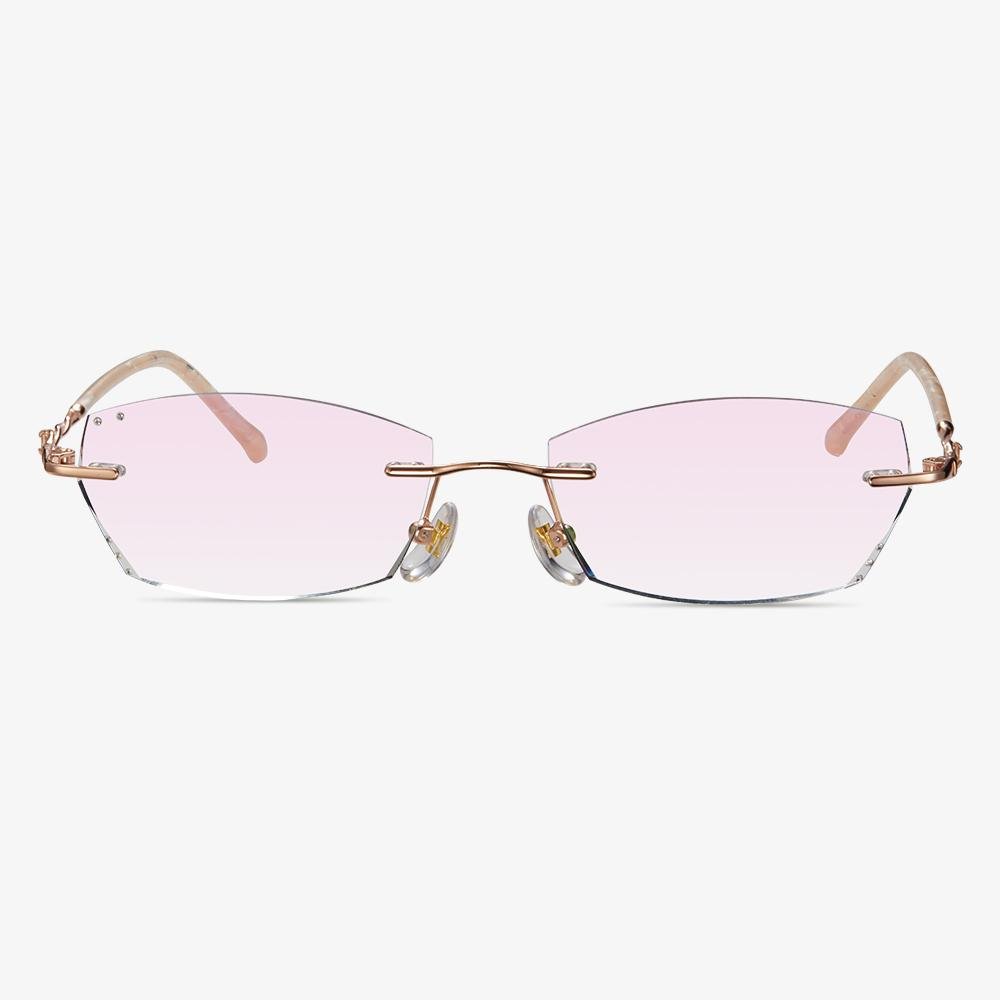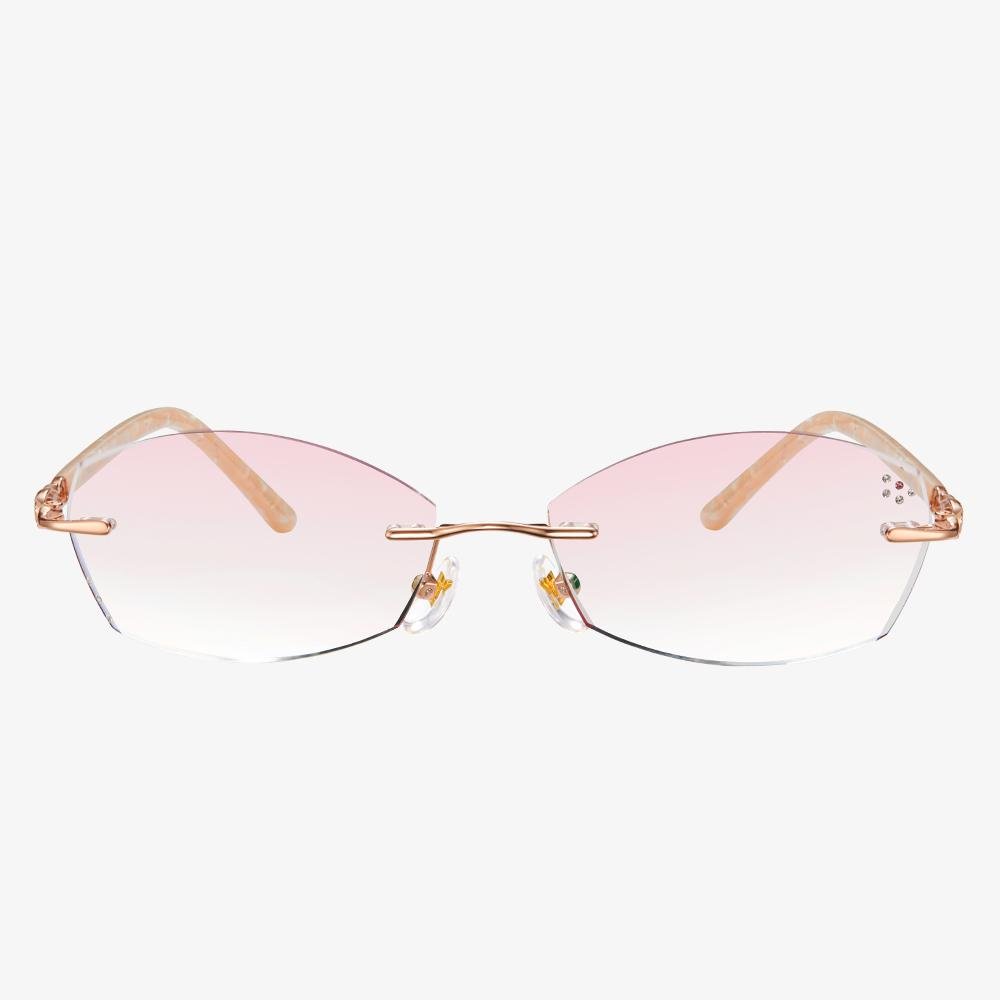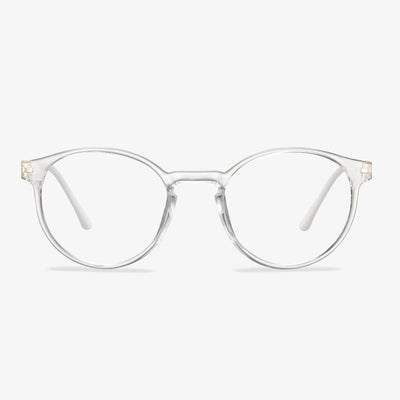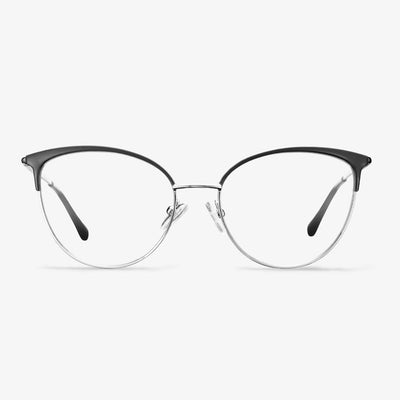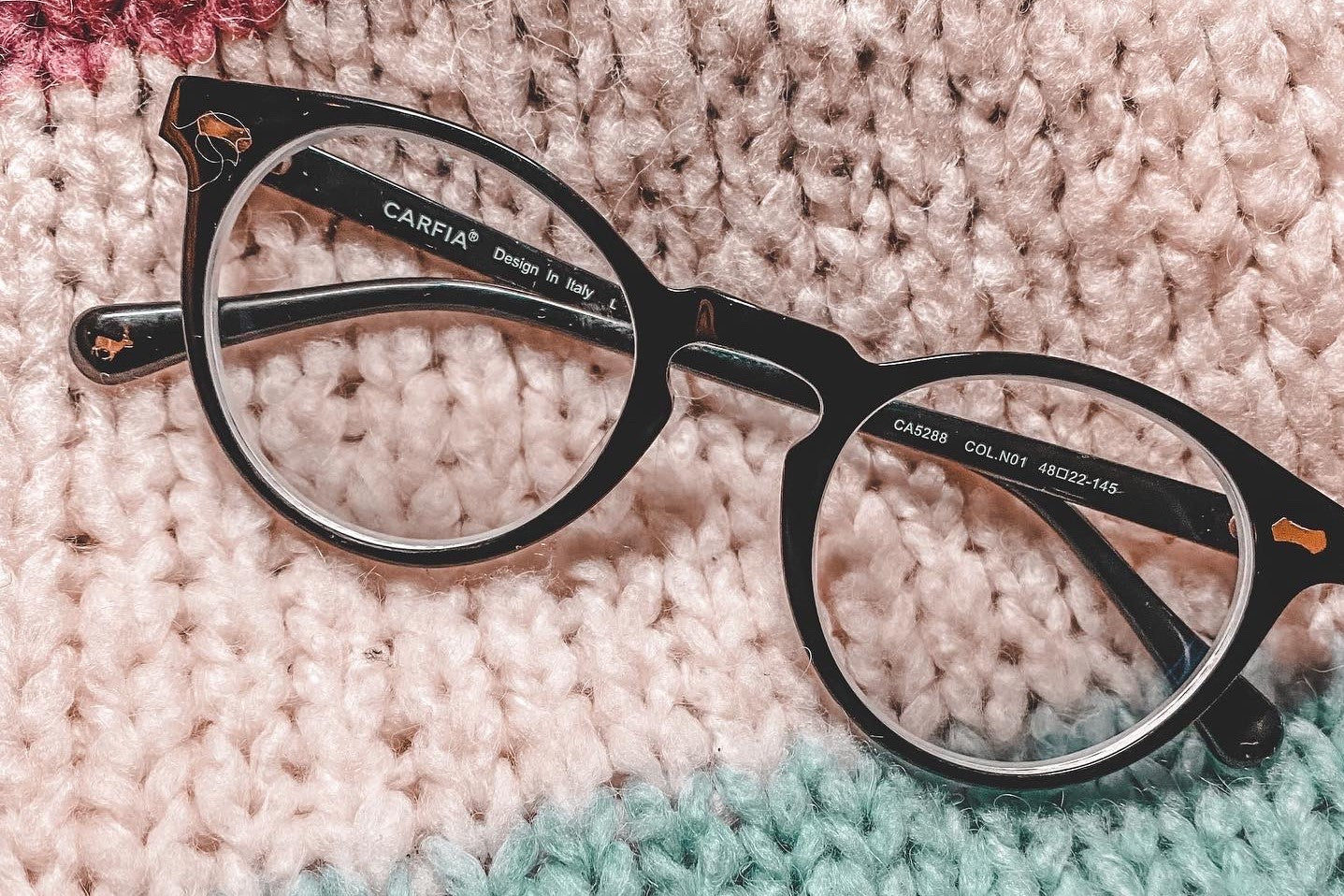What Is a Prism in Glasses?
Prism is triangular and made of plastic or glasses for the purpose of dispersing light into a spectrum or changing the direction in which light is reflected.
Prism lenses are special lenses that are prescribed by eye doctors and infused into regular lens prescriptions. The prism glasses do not include contain any focusing power, and therefore cannot any refractive errors. So, one of the most common uses for prism glasses is to correct diplopia or double vision. Double vision means someone sees two separate images of a single object. The prism glasses help to align the two images and correct the problem. The prism glasses can be used to improve binocular vision and reduce double vision, headaches, reading difficulties, and so on.
Trifocal vs Progressive Lenses: Which Are Better?
Each type of glasses has advantages and disadvantages. Progressive glasses offer the wearer a youthful-looking eyewear option, and they can be customized for specific use. Trifocal glasses are not customizable like progressive, but instead, come in a few standard configurations. Trifocal glasses offer a wider intermediate viewing area than progressive lenses do. Hence, trifocal glasses could be more comfortable for computer use.
In addition, trifocal glasses are cheap than progressive lenses. So, they tend to be more affordable.
What’s more, progressive may be used in prescription sunglasses or in photochromic glasses. Trifocal lenses are mostly used in sunglasses or light adaptive glasses, but these may require a special order.
So, from the above information, you have learned some basic information about trifocal lenses and progressive lenses. As for trifocal vs progressive lenses, you may also have gotten some answers.
Therefore, if you want to buy a pair of trifocal glasses or progressive glasses, you can try Koalaeye Optical. It is an online glasses store, providing all kinds of glasses, sunglasses, and frames. Besides, these glasses are stylish and come at a cheap price. With your great convenience, the package will be mailed for you for free.
A service is also a form of discount.
The eyewear industry itself is a service industry, and good service can increase sales. If they sell inferior glasses and gifts, they are destroying the brand. Optometry itself belongs to the service, when people are choosing glasses, they must include this kind of service. Consumers are willing to come to optical stores in order to get better service. Therefore, reception, recommendation, testing, and other services should be done. Such as door-to-door delivery, door-to-door product experience, introduction and recommendation, free maintenance and repair, add good value-added services, which is more likely to make consumers buy. This is also a form of promotional activity.
What Are Bifocal Glasses?
Bifocal lenses are divided into two parts to accommodate two different prescriptions in one lens. One area of the lens will have one prescription (usually distance) and a segment in the lower half will have the other (usually near vision).
Bifocal glasses are most used to correct presbyopia - an age-related eye condition where the eyes begin to struggle to focus on anything up close. This difficulty usually results in people requiring glasses with two different prescriptions, one for short and one for long-distance.
On bifocal glasses, there is a distinct line between the different prescriptions. Wearers have to look up and down to switch between the prescriptions they need, with long-distance prescriptions at the top and near vision at the bottom.
How To Use Contact Lens Correctly?
A periodic review is necessary. In the process of wearing contact lenses, the eyes may change due to the existence of contact lenses. At the same time, in the process of wearing contact lenses, the lens may be polluted, damaged, and have other changes. This is to check regularly to prevent damage to the eyes. Usually, the recommended review period is one week, one month, three months, half a year, and once every half a year after wearing it.
American Eyewear Brand - Levi's
As an American eyewear brand, Levi's eyewear integrates the denim style into the product design, especially in the perfect treatment of details, making the overall glasses present a normal and wild feeling, very stylish and attractive. Levi's glasses inherited Levi's brand characteristics. Levi's glasses brand elements always show the characteristics of fashion and elegance. The material of Levi's glasses has a fashion plate, and a good metal, integrated into the current fashion element. Levi's glasses not only have the function of common glasses myopia but have a stylish element. With their unique design and wonderful technology, they have a unique style in all kinds of glasses brands. The design is simple and generous, in line with the trend of contemporary feeling, very suitable for the youngest to wear. At the same time, there are many kinds of styles, more suitable for middle-aged people, and they have glasses for children.
What Is Polycarbonate Lens?
Polycarbonate was developed in the 1970s for aerospace applications and is currently used for the helmet visors of astronauts and for space shuttle windscreens. Polycarbonate lenses were introduced in the early 1980s in response to a demand for lightweight, impact-resistance lenses. Since then, polycarbonate has become standard for safety glasses, sports goggles, and children’s eyewear.
Polycarbonate glasses are thinner and lighter than regular plastic lenses. They provide 100% UV protection and are up to 10 times more impact-resistance than plastic or glasses lenses. Polycarbonate glasses also offer clearer and more comfortable vision if an anti-reflective coating is applied to the lenses, which can eliminate distracting lens reflections that interfere with vision, particularly when driving at night or in other low-light conditions when glare sources are present.
However, polycarbonate lens is a naturally soft material, making it more subject to scratching without adequate protection with a scratching-resistant coating. Polycarbonate glasses have high dispersion due to its low Abbe value of 30, causing chromatic aberrations.

















